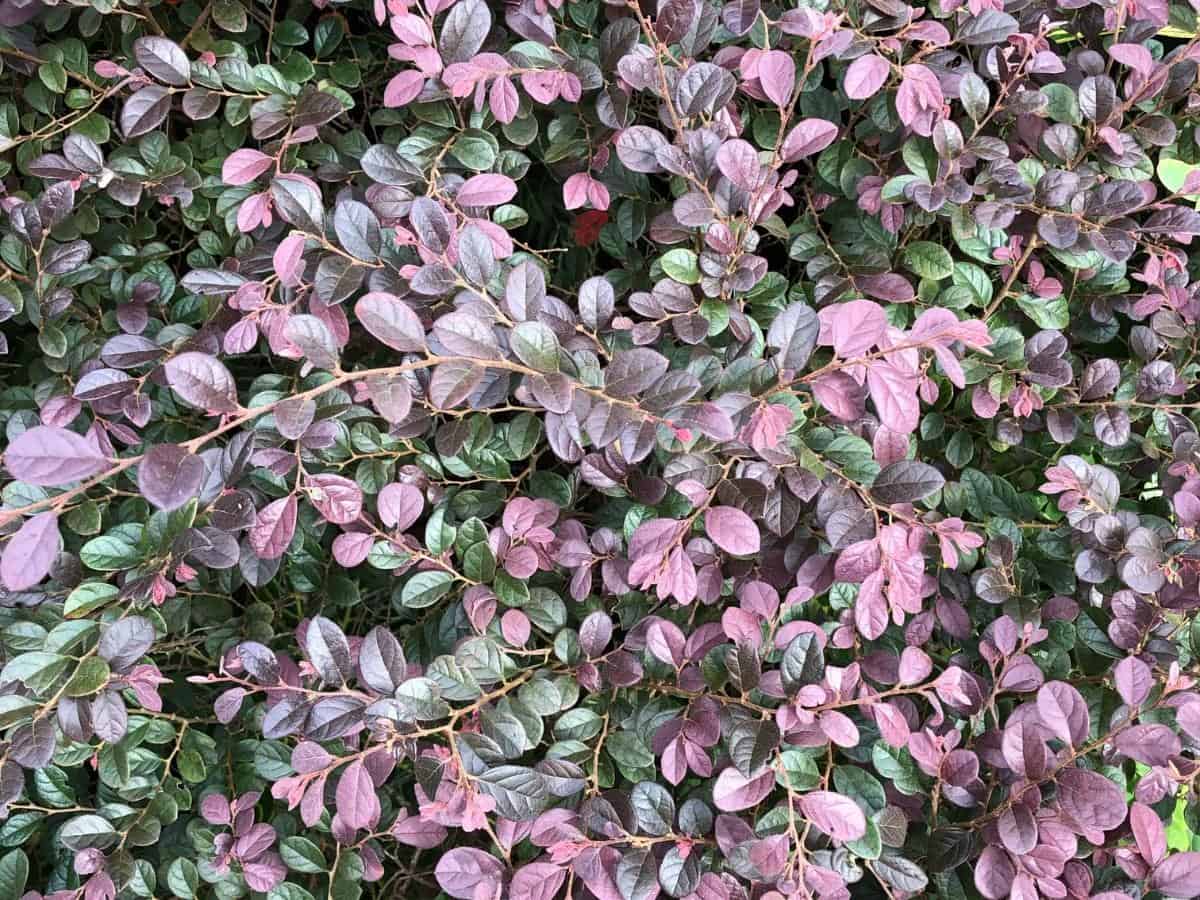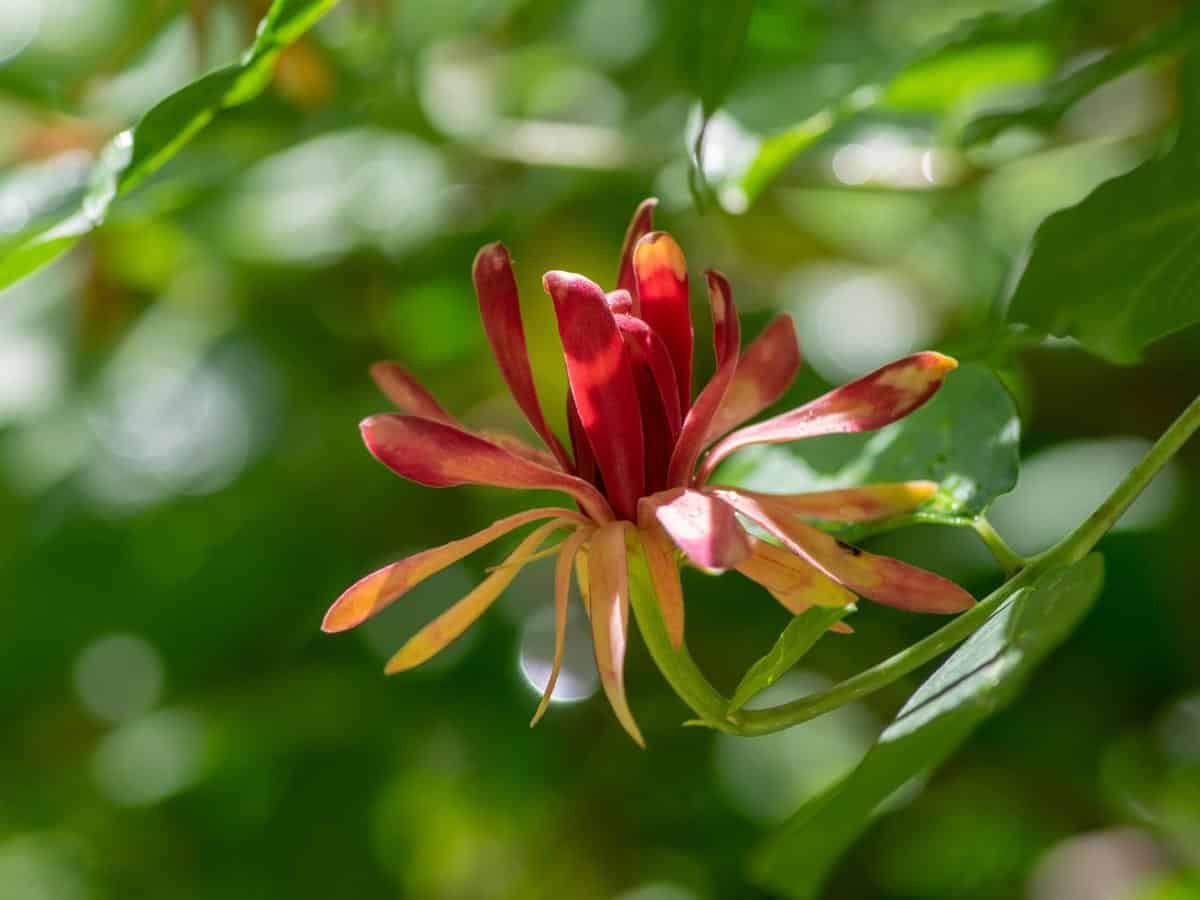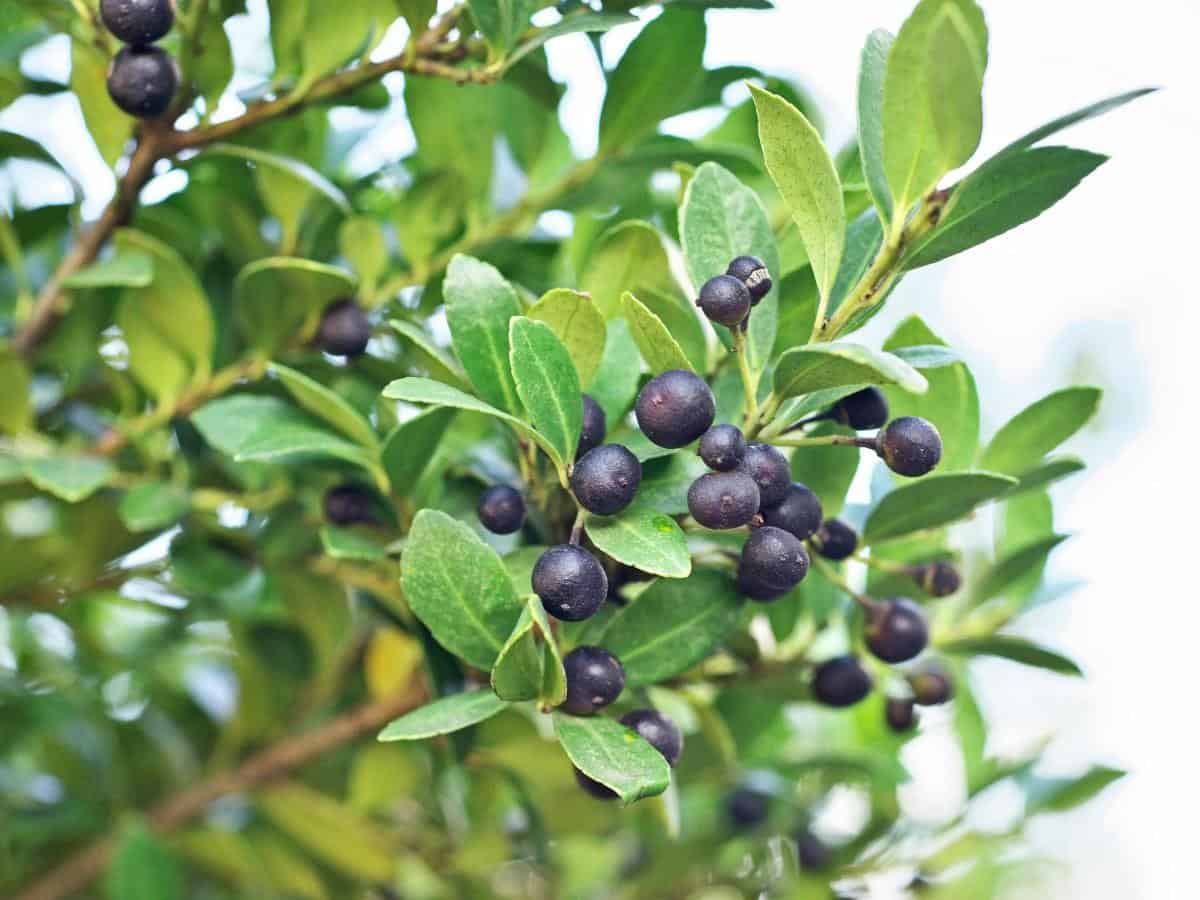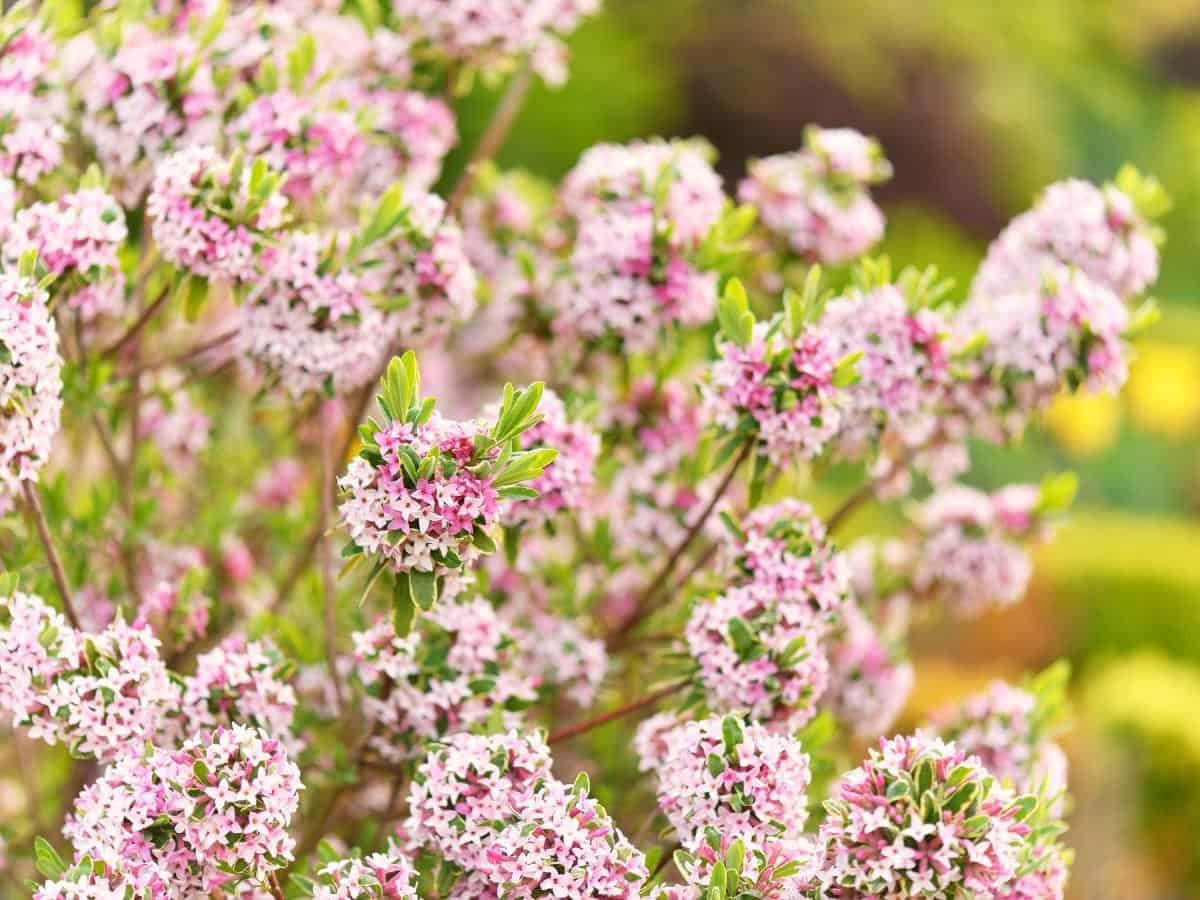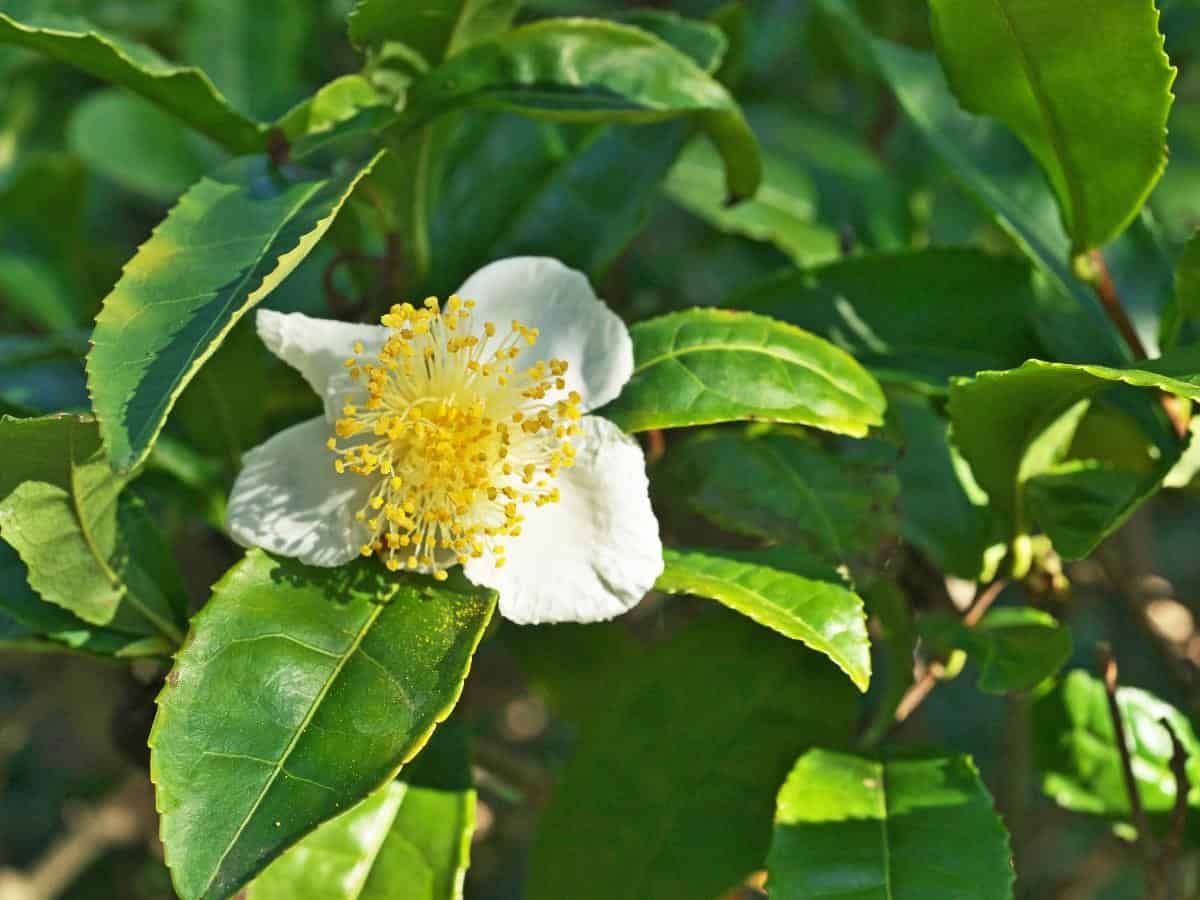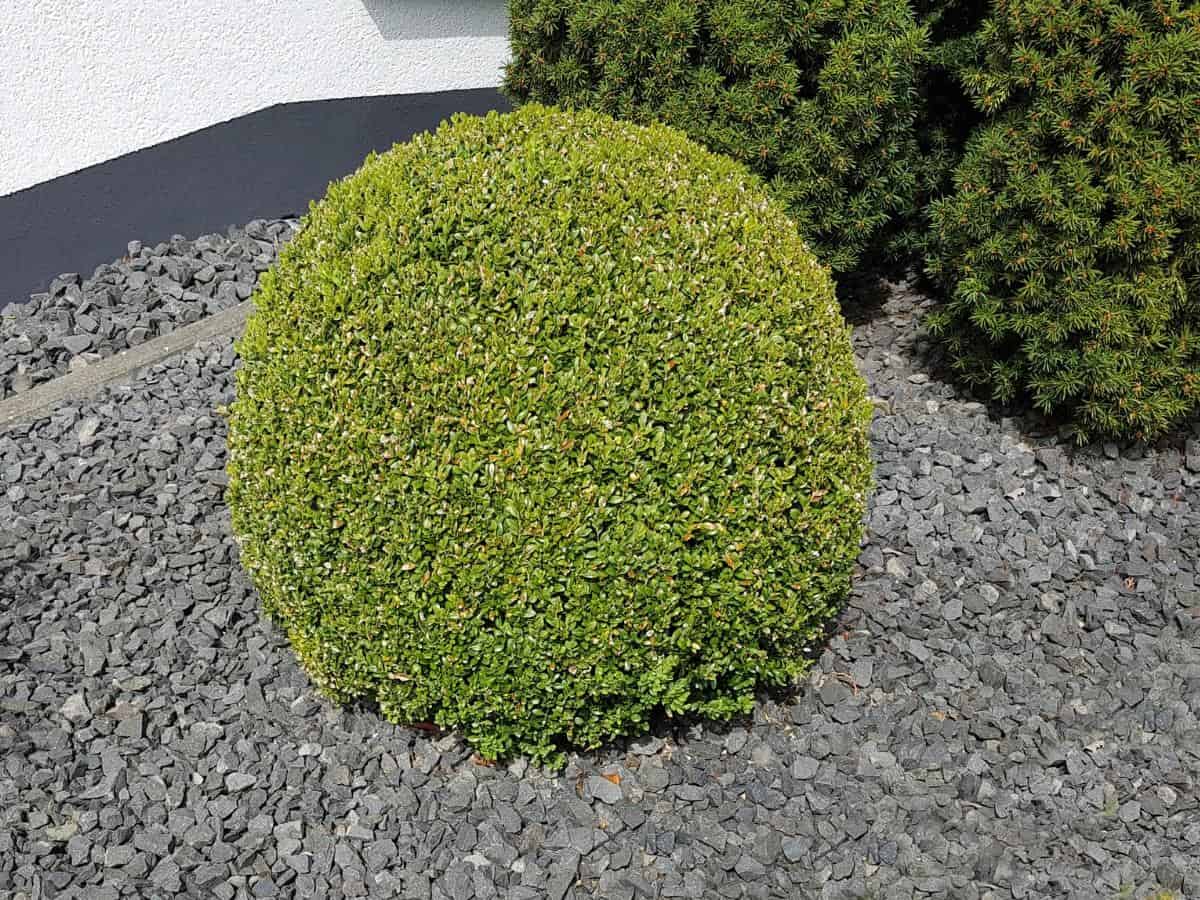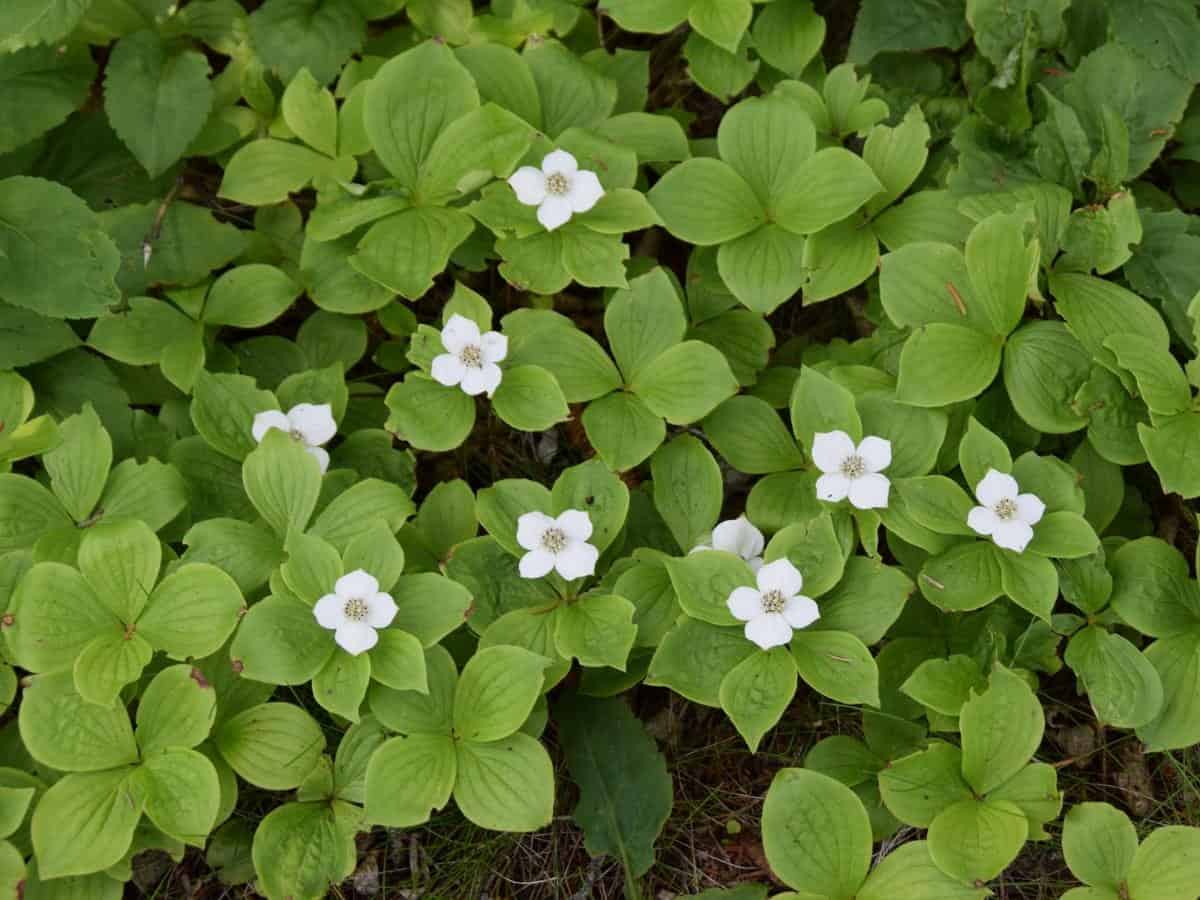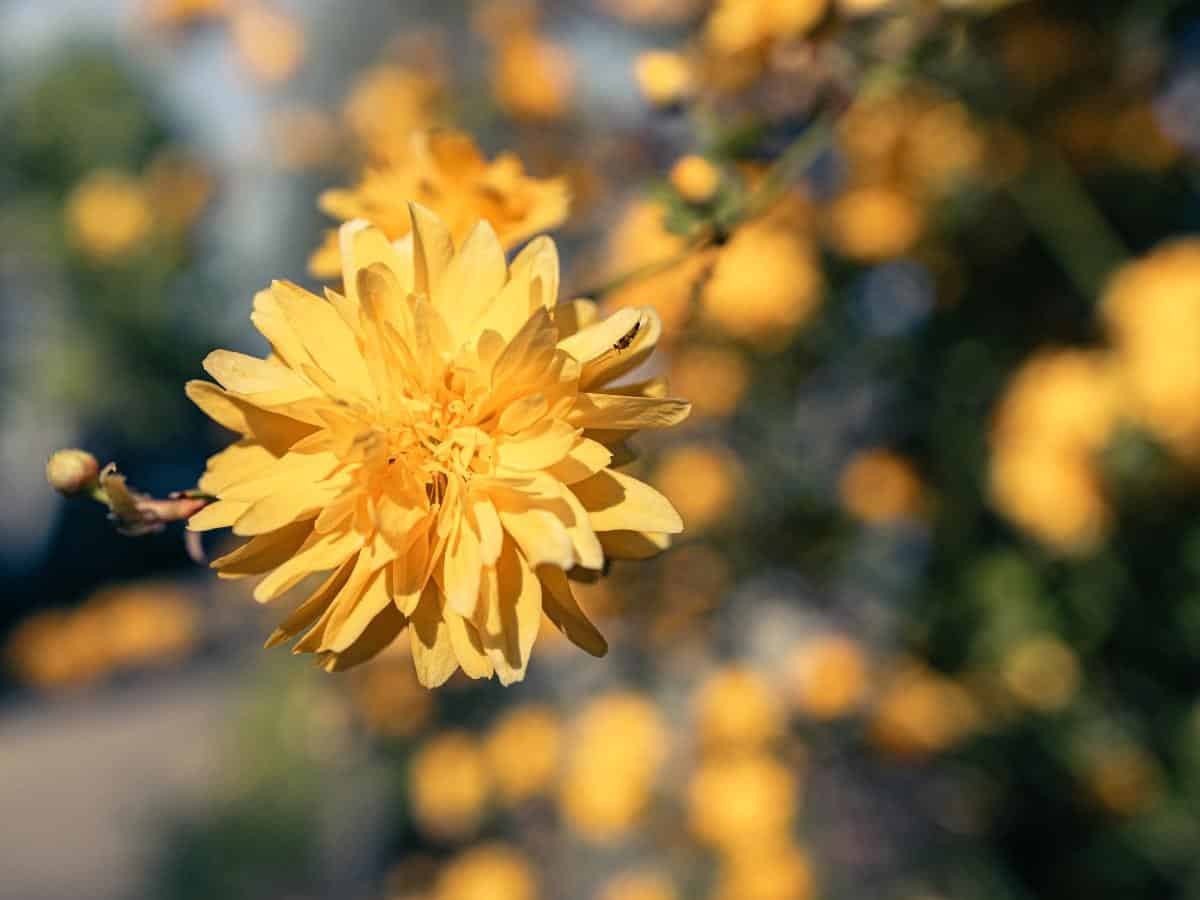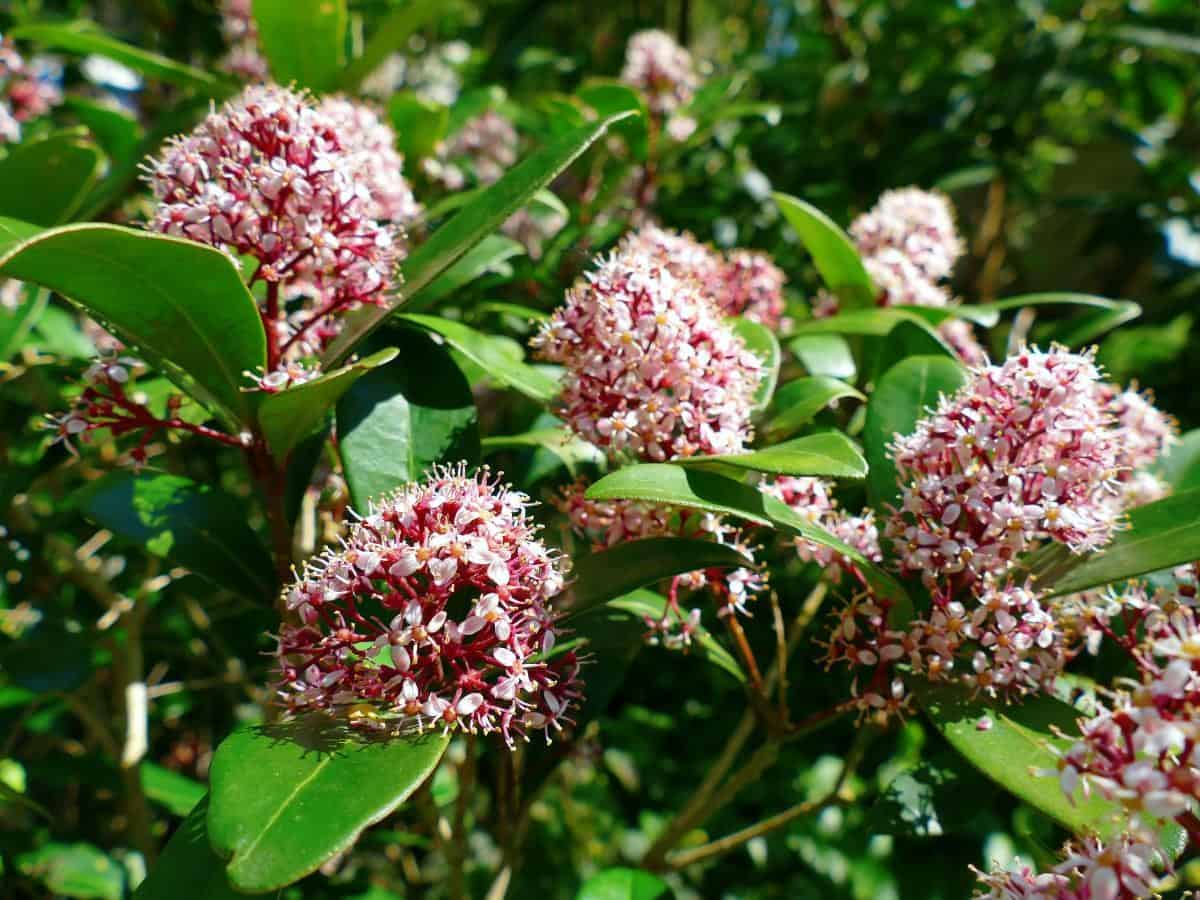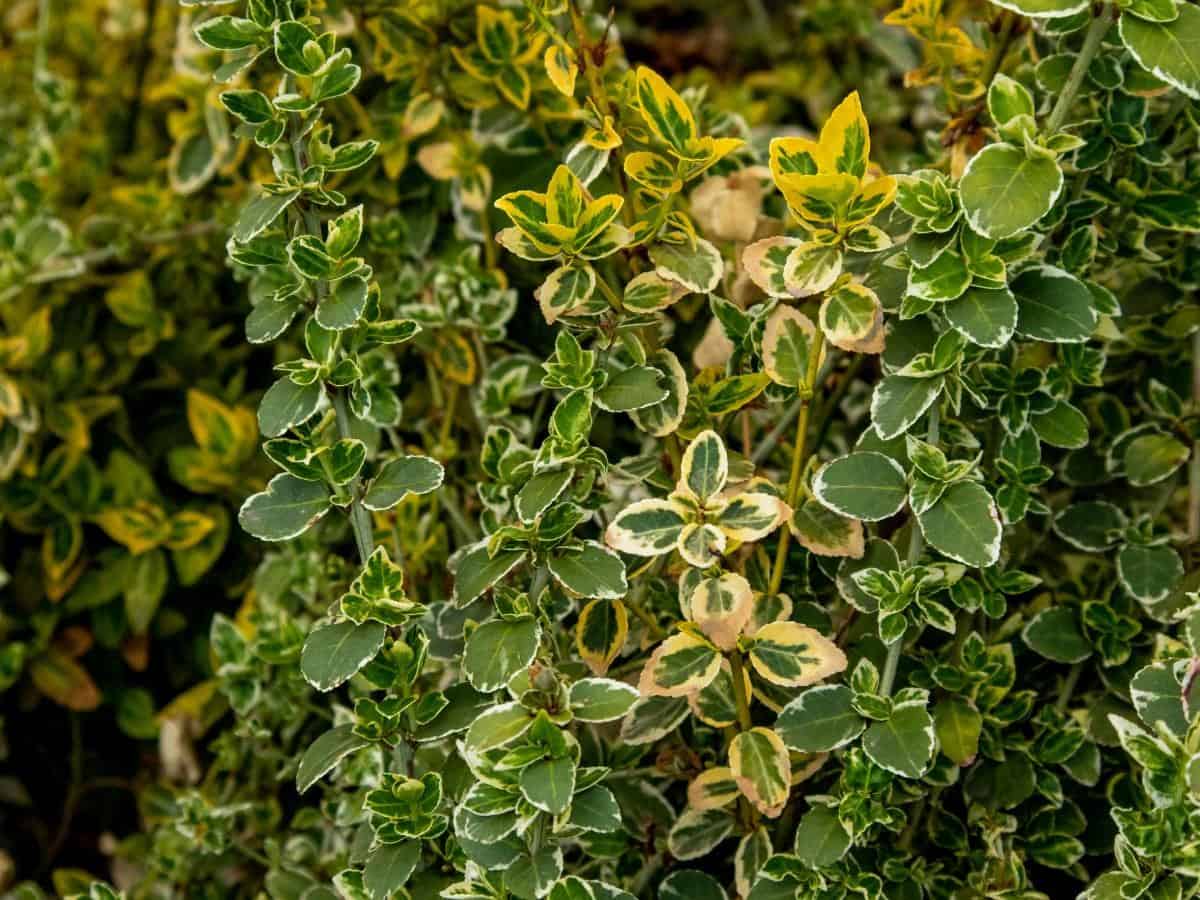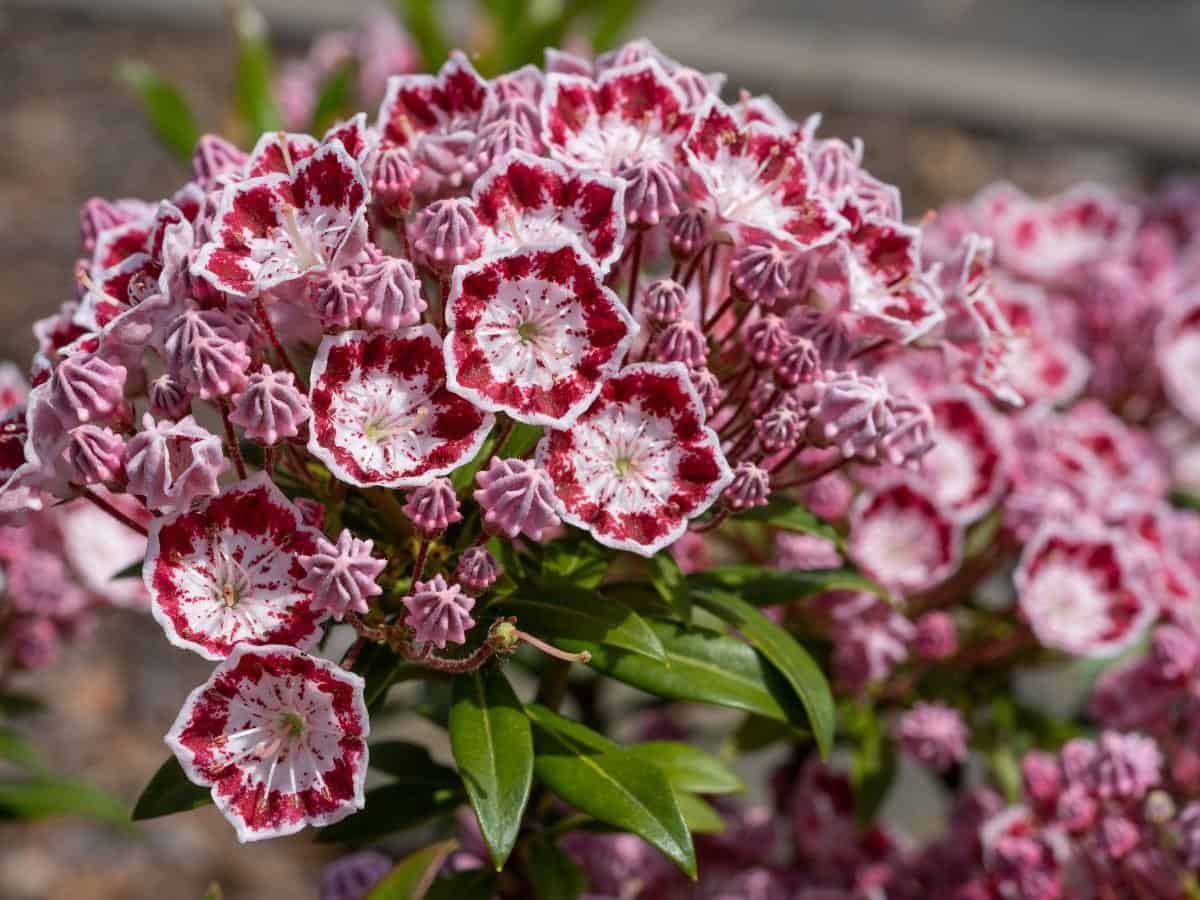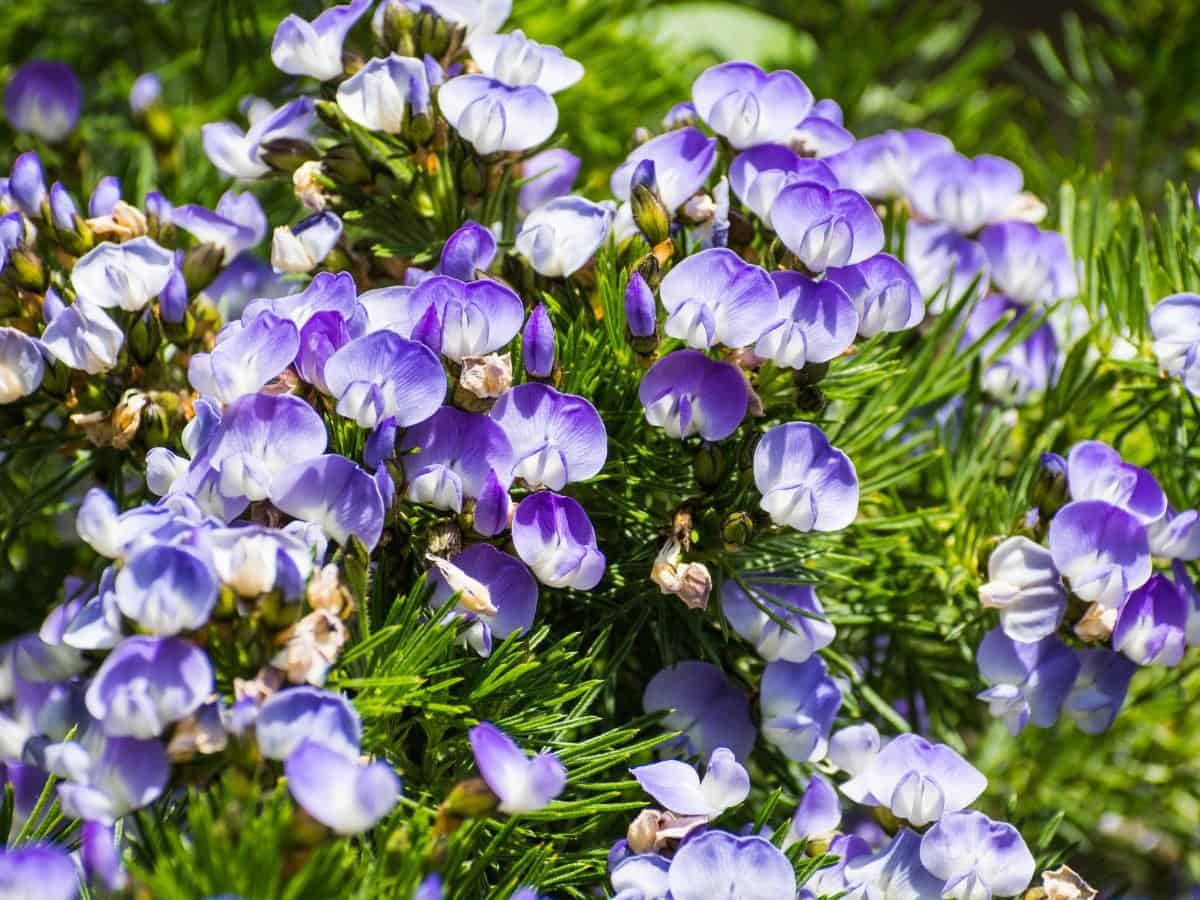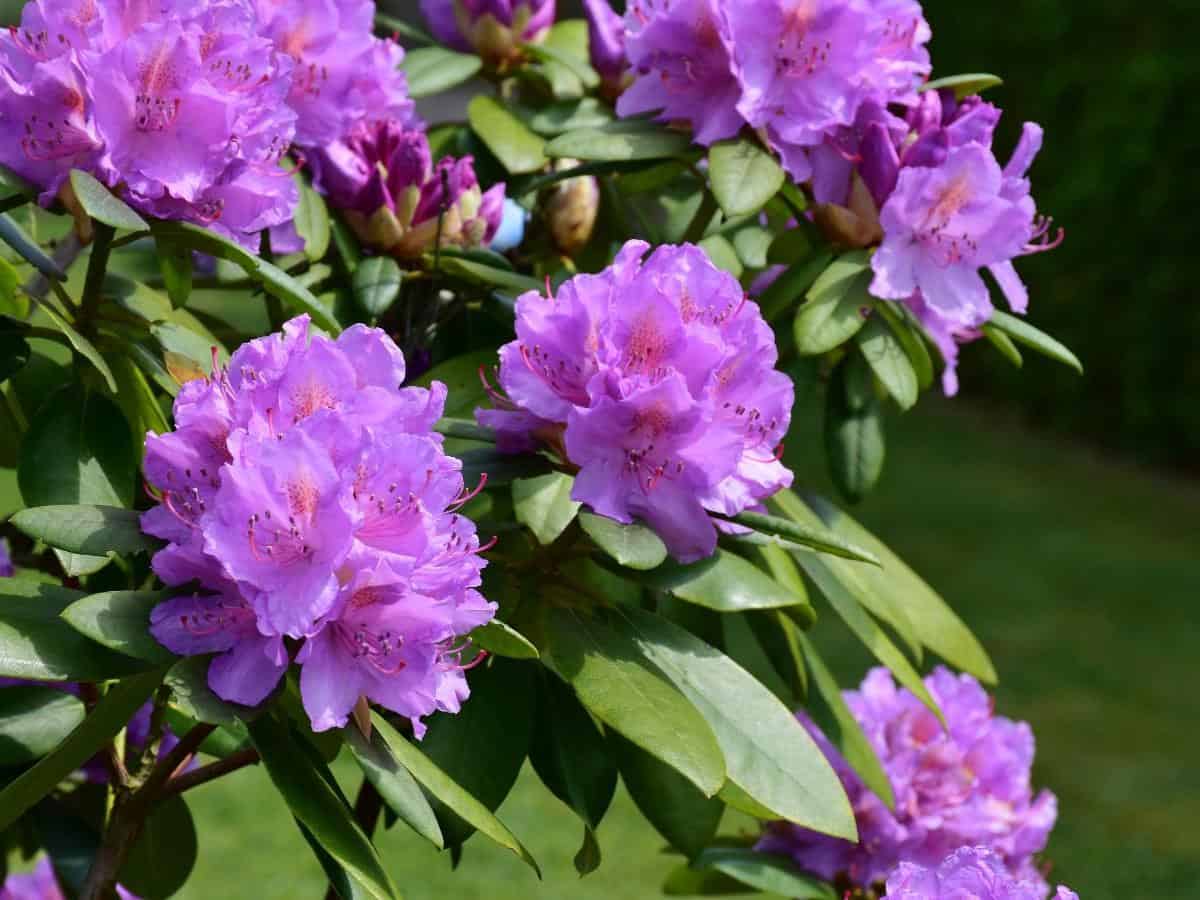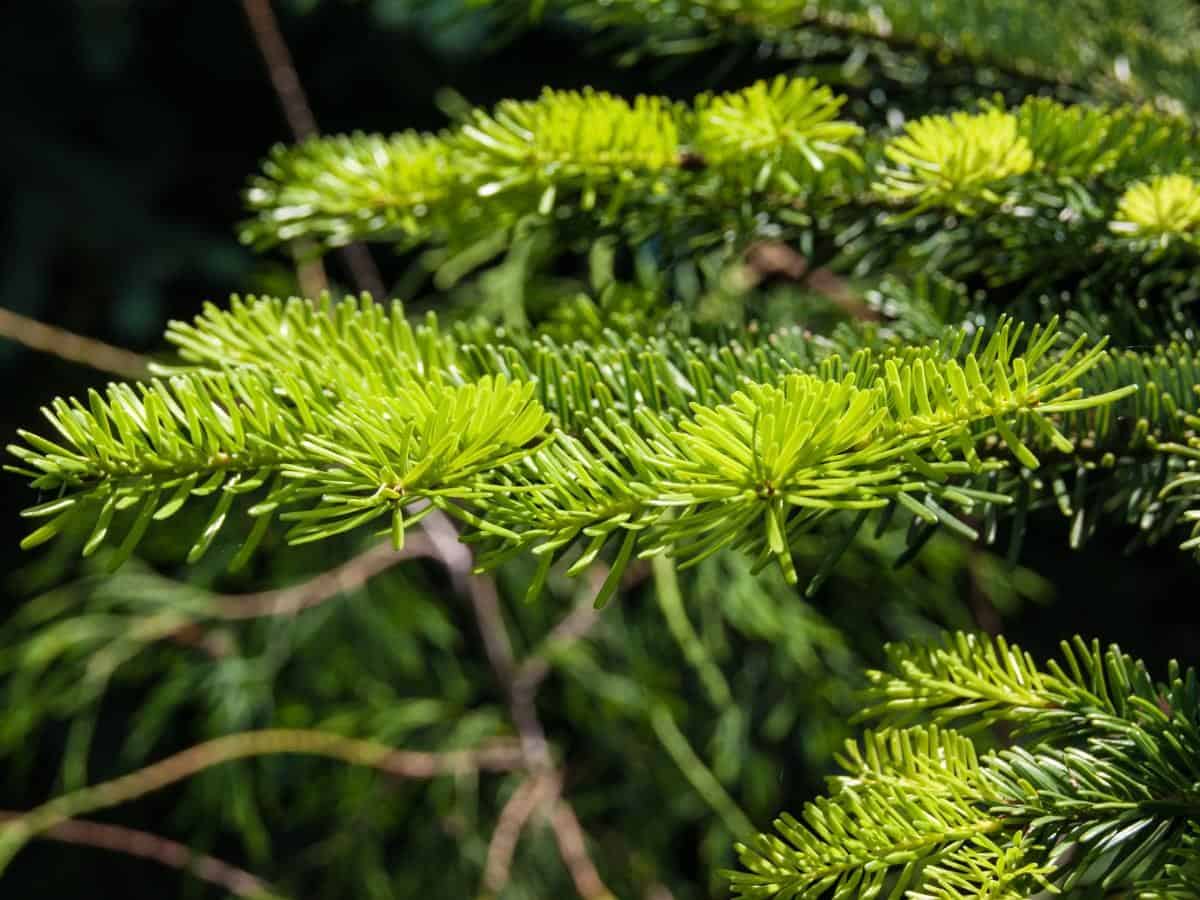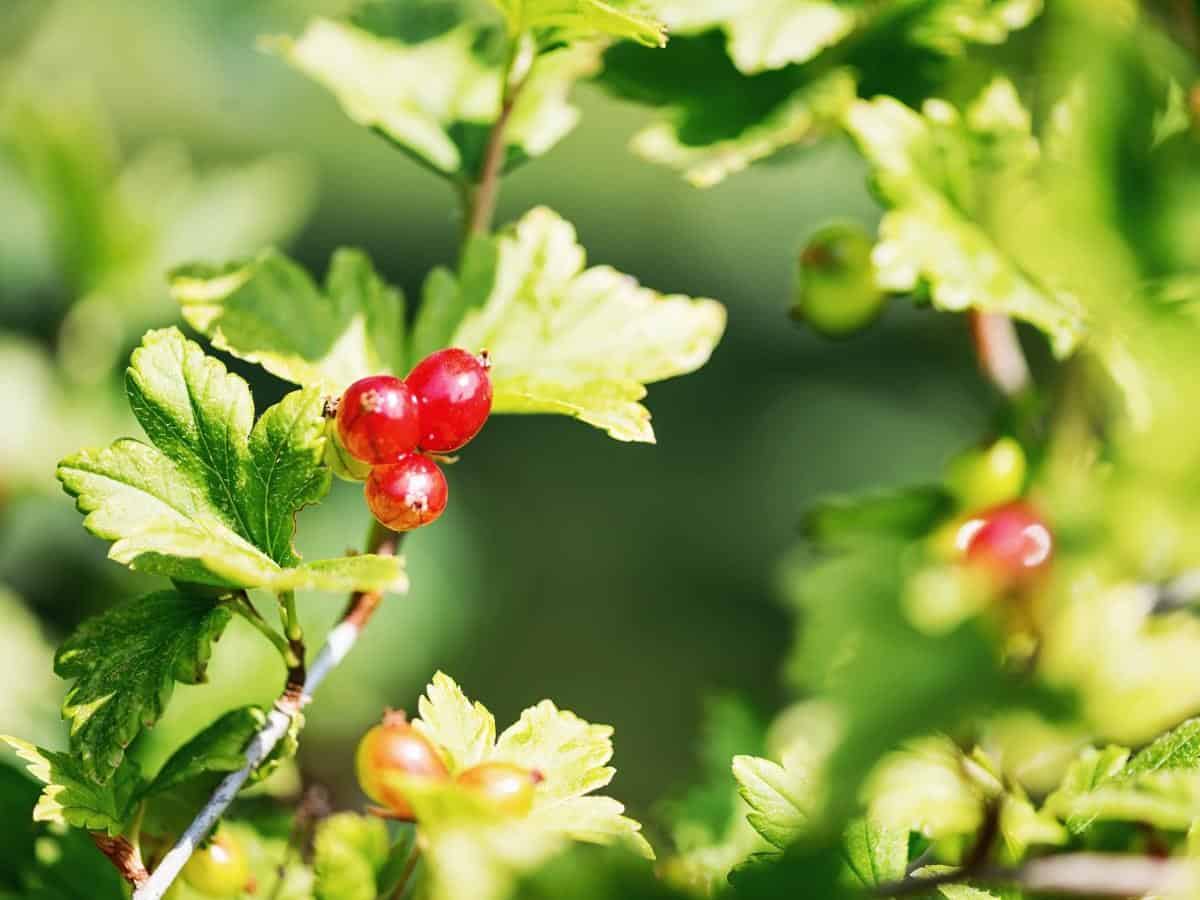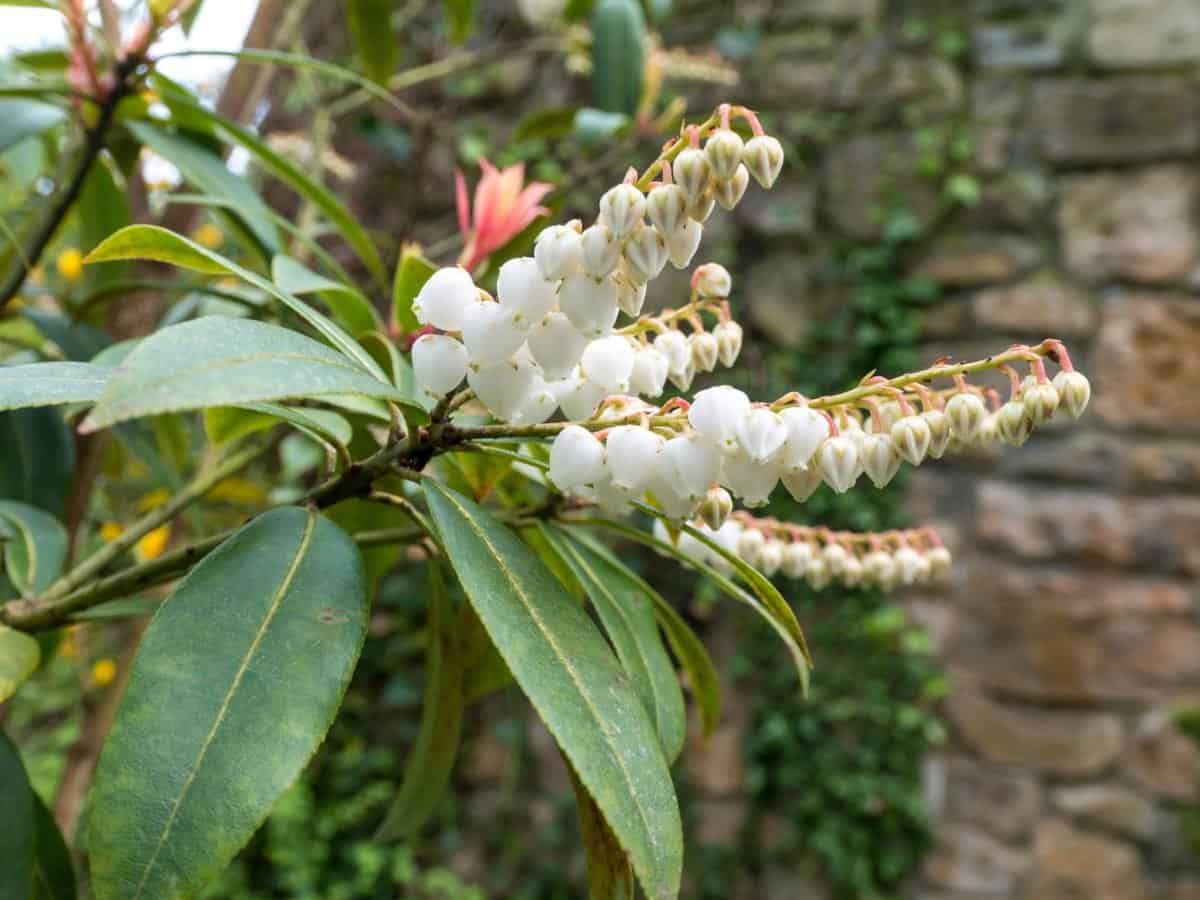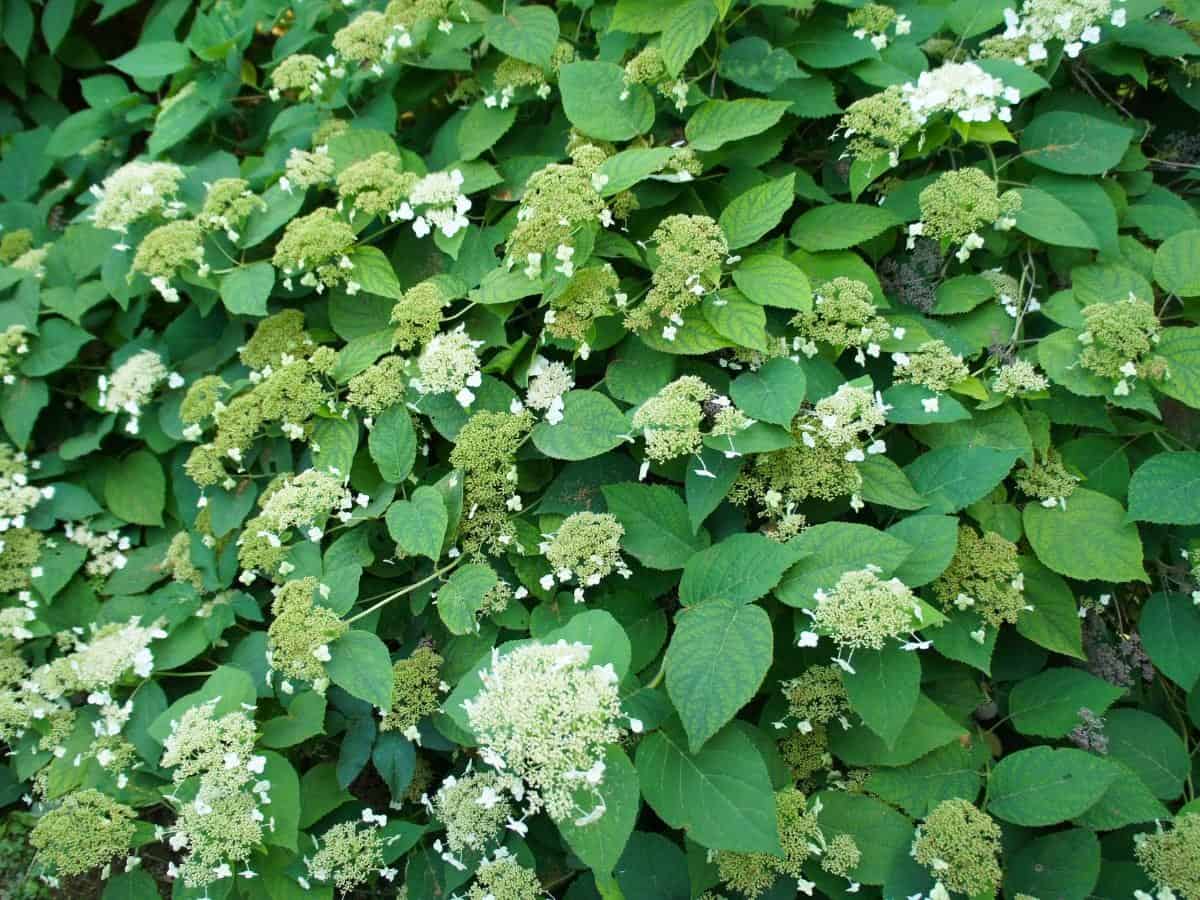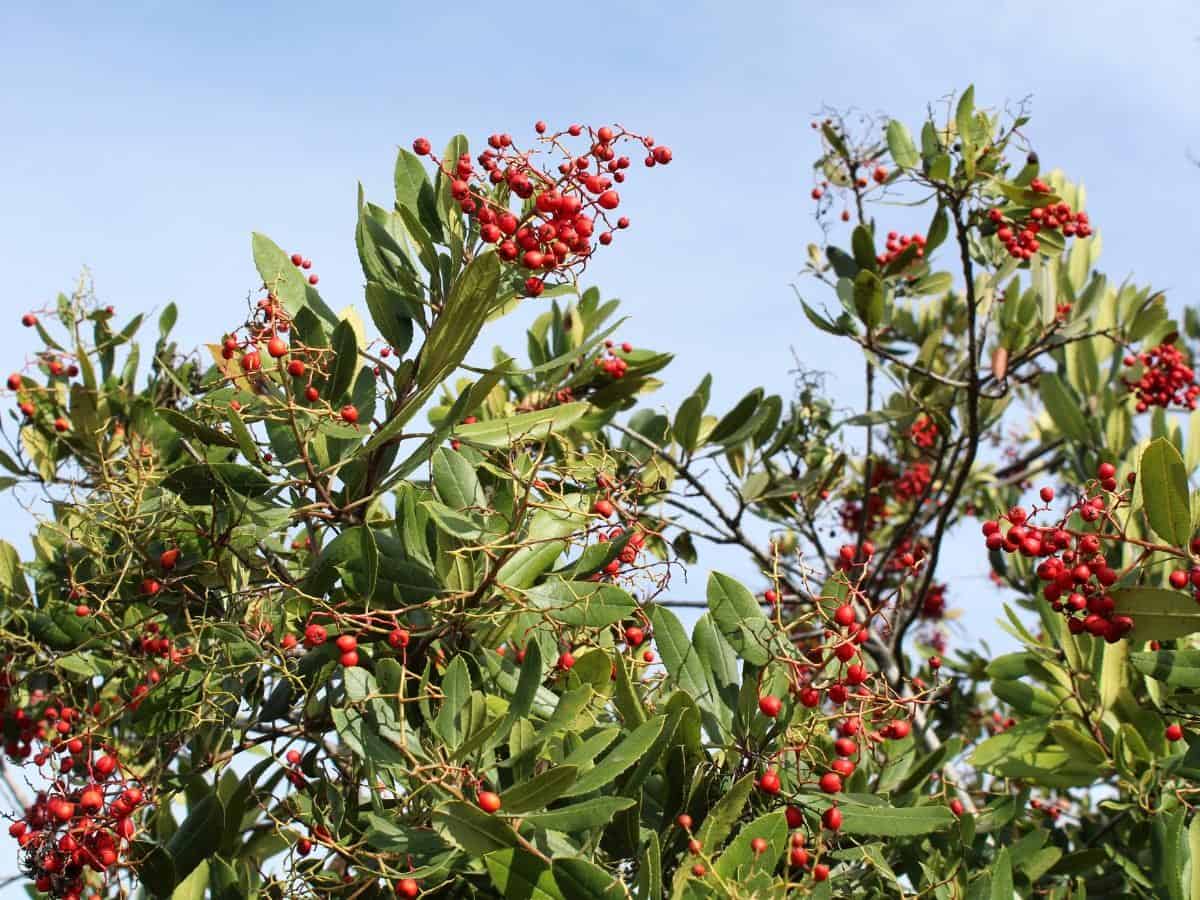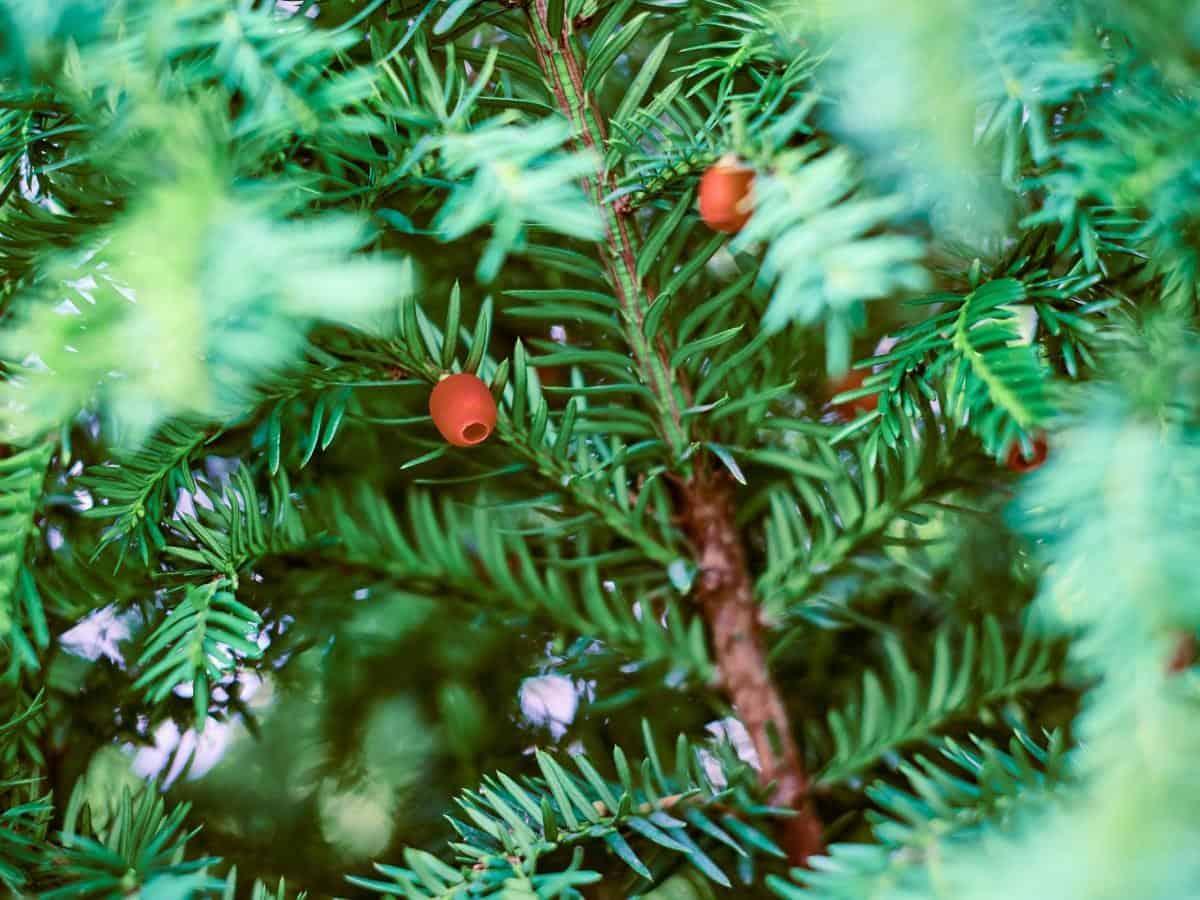When it comes to landscaping, incorporating shrubs is an excellent way to add visual interest and enhance your outdoor space. One of their greatest advantages is their ability to thrive in various lighting conditions, making them perfect for both sunny and shaded areas. While many people assume that finding shrubs suitable for shady spots is a challenge, there are actually numerous options that can flourish in these environments.
The right shrub can completely transform your outdoor space, offering beauty year-round through their blooms or foliage. Deciduous and evergreen varieties can add unique charm to your garden, making them low-maintenance and perfect for areas with limited sunlight.
Here’s the good news: many of these hardy plants require minimal upkeep, allowing you to enjoy their beauty without the hassle.
In fact, there are 20 shrubs that can not only survive but thrive in shady areas, making them ideal additions to any garden or lawn.
California Sweetshrub
The California sweetshrub (Calycanthus occidentalis) is an attractive, low-maintenance option for shade-loving gardens. This deciduous shrub boasts a sweet fragrance and can be used in landscaping, as well as to control erosion along riverbanks and creeks due to its effective ground cover properties. Notably, the California sweetshrub is resistant to deer, who tend to avoid it.
For optimal growth, prune the plant by removing old, overgrown stems from top to bottom rather than simply trimming branch tips. Available color varieties include dark red and purplish brown hues, thriving in neutral, well-drained soil with partial shade conditions. It typically reaches a mature size of 6-12 feet tall and can be grown in USDA zones 6a-9b.
Hetz Japanese Holly
The Japanese holly (Ilex crenata) is another highly sought-after shade-tolerant variety. Characterized by its small, box-like leaves, it’s often referred to as the ‘box-leafed’ holly. Unlike its English and American counterparts, this shrub produces insignificant white blooms in the spring, rather than vibrant red or orange flowers. The black berries that follow are also a distinct feature, offering a unique pop of color amidst the lush foliage.
To maintain its desired shape and size (typically 5-10 ft tall and 5-8 ft wide), regular pruning or shearing is recommended.
Carol Mackie Daphne
The Carol Mackie Daphne, scientifically known as Daphne x burkwoodii, is a unique climbing plant that can thrive under partial shade. While it will survive with minimal direct sunlight, its flowering performance will be significantly enhanced by sufficient exposure to the sun’s rays. This ornamental plant boasts stunning variegated foliage, making it an excellent choice for striking landscaping arrangements.
Beyond its beautiful leaves, the Carol Mackie Daphne produces aromatic blooms in shades of pink and white, further elevating its visual appeal. When cultivated, these daphnes require well-drained soil with a neutral pH, necessitating adjustments if the soil’s acidity levels are too high.
It is essential to note that the berries and leaves of this plant contain toxic compounds, posing potential risks to pets, children, or even human consumption. Skin irritation may also occur upon contact.
As such, it is crucial to keep the plant out of reach and ensure proper handling practices.
Camellia
Camellia sinensis, also known as the tea plant, boasts a range of desirable traits that make it a sought-after ornamental and functional addition to any outdoor space. With its scientific name being Camellia sinensis, this shrub comes in two distinct color varieties: pink and white. When it comes to soil requirements, Camellia sinensis thrives best in acidic conditions, which provides the perfect environment for its glossy foliage to flourish.
In terms of sunlight exposure, partial shade is ideal, allowing the plant’s fragrant flowers to reach their full potential. As for mature size, this shrub typically grows to be between 6 and 15 feet tall, with a width ranging from 4 to 8 feet. Its hardiness allows it to thrive in USDA growing zones 6a through 9b. Notably, Camellia sinensis is more than just a pretty face; its flowers are also highly fragrant and can be used to create flavorful teas.
This remarkable plant is easy to maintain and has a relatively long lifespan, making it an excellent choice for those looking for a low-fuss yet visually appealing addition to their outdoor space.
Common Boxwood
The common boxwood (Buxus sempervirens) is a versatile evergreen shrub, often utilized for creating hedges and topiaries. Its dense light green foliage and compact shape make it an ideal choice for those seeking a low-maintenance plant that still adds a pop of color to the landscape. With the ability to thrive in partial shade, this adaptable plant can be incorporated into various design settings.
While it reaches mature sizes of 5-20 feet in height and 5-15 feet in width, its slow growth rate allows for ample pruning opportunities and enjoyment of its beauty.
Canadian Bunchberry
The Canadian Bunchberry (Cornus canadensis) is a versatile subshrub that thrives in partial shade and acidic soils. Its unique characteristics, including white flowers and red berries, make it an attractive addition to any landscape. When used as a ground cover, it excels in damp and shady areas, providing a lush carpet of foliage. As a relative of the dogwood, it’s no surprise that it produces similar blossoms, earning it nicknames like ‘bunchberry dogwood’ or ‘creeping dogwood.
‘ What sets this plant apart is its ability to survive and flourish in cold, damp conditions where many other plants might struggle. By mulching with peat moss to enhance soil acidity, gardeners can further encourage the Canadian Bunchberry’s growth and success. This hardy subshrub is suitable for USDA growing zones 2a-6b and matures to a compact size of 6 inches to 1 foot tall.
Japanese Rose
The Japanese rose (Kerria japonica) is a deciduous shrub that’s renowned for its exceptional shade tolerance. In fact, it thrives in partial shade, where many other plants would struggle to survive. When grown in these conditions, the shrub produces colorful blooms in the spring, with some varieties blooming multiple times throughout the season. During the winter months, the bark takes on a beautiful kelly green to greenish-yellow hue.
As a fast-growing shrub, it can quickly reach heights of up to 7 feet, making it a popular choice for gardeners. If an overgrown Japanese rose becomes too unruly, fall pruning can help revitalize it. In terms of growing conditions, this shrub prefers loamy soil that drains well and receives partial sun exposure. It’s hardy in USDA zones 4a-9b.
Japanese Skimmia
The Skimmia japonica, a slow-growing shrub, is characterized by its white flowers that ripen into red fruit. A unique aspect of this plant is the requirement for both male and female specimens to achieve optimal fruit production. Its broad, leathery leaves boast a greenish hue, while its bark has a similar tone. Though pruning isn’t a necessity, trimming during the dormant season helps maintain the plant’s tidiness.
However, it’s essential to exercise caution when handling this plant, as all parts are toxic and may pose a risk to pets and children if ingested.
Emerald ‘n’ Gold Euonymus
The emerald ‘n’ gold Euonymus shrub is a stunning addition to any landscape, prized for its striking bi-colored foliage. The leaves feature a beautiful blend of green and gold hues that can be further accentuated by increased sunlight exposure. While this shrub can thrive in partial shade, it’s equally at home basking in the sun. With multiple varieties available, including the winged spindle tree, it’s essential to note that some subspecies can be invasive.
As with any fast-growing plant, regular pruning is necessary to maintain its shape and size.
Mountain Laurel
Mountain laurels, scientifically known as Kalmia latifolia, are a stunning addition to any landscape. Their flowers come in a range of colors including pink, rose, white, with some varieties featuring purple markings or blemishes. To thrive, these plants require acidic, well-draining soil and partial shade, although they can tolerate full sun. As mature specimens, they can grow up to 15 feet tall and 8 feet wide, making them a great choice for USDA growing zones 4a-9b.
One of the most notable uses for mountain laurels is as a colorful bloom that adds vibrancy to any space. Native to eastern North America, these plants are well-suited to shady woodland areas, where they can be found thriving in their natural habitat. In fact, several cultivars have been specifically developed for landscaping purposes, such as the dwarf ‘Minuet’ laurel, which boasts vibrant flowers that surpass those of native mountain laurels.
To keep your mountain laurels happy and healthy, be sure to fertilize them with an acid-enhancing fertilizer, similar to what’s used for Rhododendrons and azaleas.
African Scurf Pea
The African scurf pea (Psoralea pinnata) boasts a unique charm, with lilac and light blue flowers emitting a sweet, grape soda-like fragrance reminiscent of sweet peas. The plant’s leaves, featuring a fine, smooth texture akin to rosemary, provide an attractive contrast to its vibrant blooms. Despite being short-lived, the shrub can self-seed, ensuring it remains a fragrant addition to your garden. To maintain its desirable shape, regular pruning is recommended.
Azalea and Rhododendron
Woody evergreen shrubs, azaleas and rhododendrons are a popular choice for gardens with shaded areas. These flowering shrubs produce stunning blooms during the spring season, making them a great addition to dappled shade areas. They’re also incredibly resilient, thriving in a range of climates and lighting conditions – from full sun to partial shade. To keep them happy, it’s essential to use an acid-enhancing fertilizer when fertilizing, ideally in late winter or early spring.
With proper care, rhododendrons can grow up to 6-10 feet tall and 5-8 feet wide, making them a fantastic option for adding vibrant color to even the most shaded areas. With varieties featuring colors such as pink, yellow, white, purple, and red, there’s sure to be a shade-loving rhododendron that fits your unique landscape.
Sky Pencil Holly
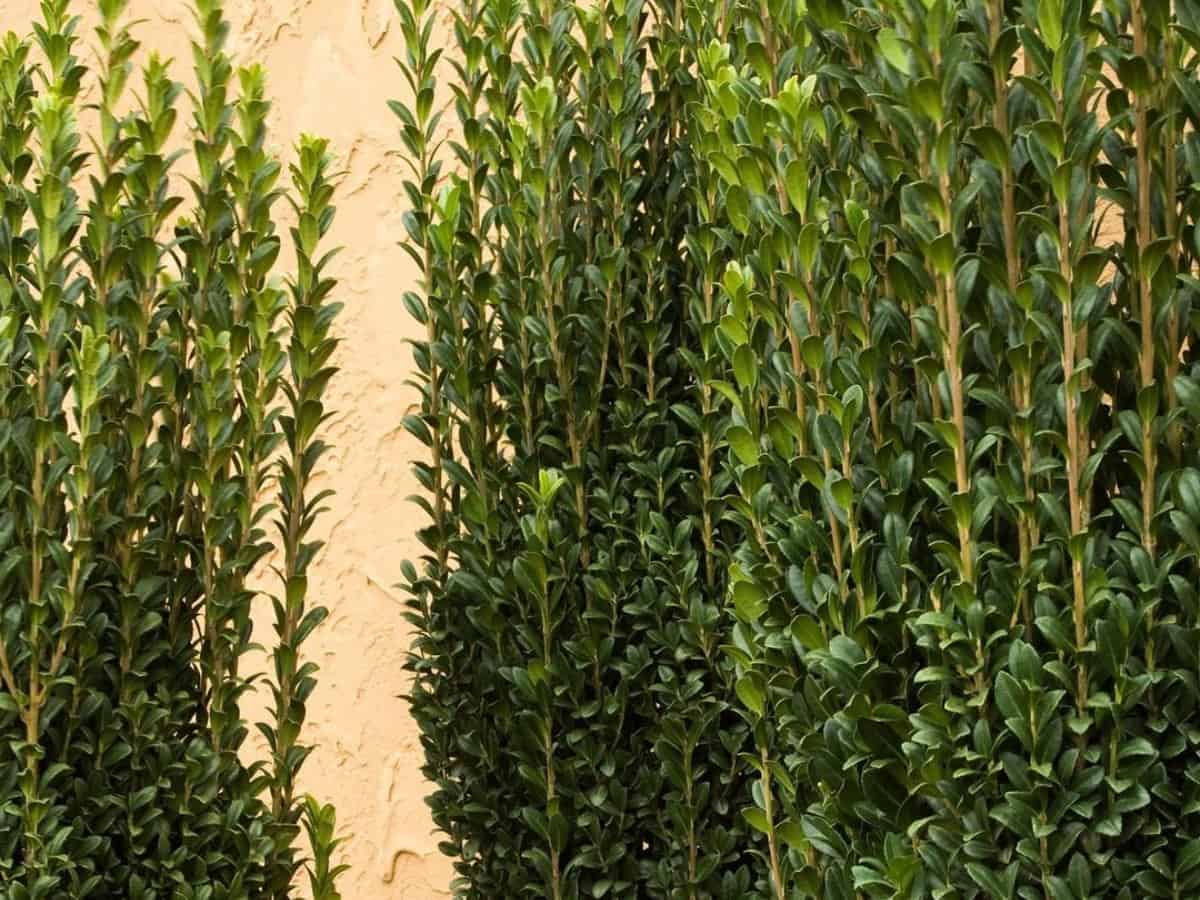
The Ilex crenata ‘Sky Pencil’ is a versatile shrub that excels in various landscaping and architectural applications. Its striking columnar shape, reaching 4-10 feet tall and 1-3 feet wide, makes it an ideal choice for filling corners and small spaces in exterior design. The shrub’s modest white blooms in the spring may not be its most notable feature, but they do attract a range of pollinators.
One of the Sky Pencil Holly’s greatest strengths lies in its ability to provide a haven for birds, thanks to its berry-producing capabilities. In contrast to other holly varieties, this shrub requires minimal pruning; however, if you do choose to prune it, the winter dormant period is an ideal time to do so.
Canadian Hemlock
The Canadian Hemlock (Tsuga canadensis) is a versatile evergreen that thrives in acidic, moist, and loamy soils with partial shade. While it doesn’t produce showy flowers, its unique bark patterns make up for it. This hardy plant grows between 40 to 70 feet tall and 25 to 35 feet wide, making it an excellent choice for creating privacy screens or hedges. USDA growing zones 3a-7b are suitable for this native North American species.
In its natural habitat, the Canadian Hemlock forms dense foliage, which can be trimmed to desired heights. Smaller cultivars excel at defining garden edges. As a cold-hardy plant, it will benefit from a thick layer of mulch over its roots during winter.
Alpine Currant
The Alpine currant (Ribes alpinum) is a shrub native to Europe, characterized by its bright green foliage and ability to thrive in deep shade areas. Its thick leaves make it an excellent choice for borders or hedges. A notable feature of this plant is that it requires both male and female varieties to produce its vibrant red berries, although these berries are primarily ornamental rather than edible.
In terms of maintenance, the Alpine currant is relatively low-maintenance, requiring only occasional pruning to keep it looking neat and tidy. The ideal growing conditions for this shrub include neutral, well-drained soil and partial shade or full shade, making it suitable for USDA zones 4a-9b. It can grow up to 18 feet tall and 10 feet wide, providing a beautiful display of white flowers in the fall.
Andromeda
The Andromeda shrub (Pieris japonica) boasts a unique combination of characteristics that make it a sought-after addition to many gardens. This evergreen plant produces small, fragrant flowers in shades of white and pale pink, depending on the cultivar. But its beauty is only half the story – the Andromeda’s new growth is also incredibly colorful, making it a standout feature in any landscape.
When it comes to growing conditions, this shrub thrives in partial shade and acidic soil, with a mature size of 8-10 feet tall and 6-8 feet wide. Gardeners in USDA zones 4b-8b will find the Andromeda an ideal choice for their plantings. Whether you’re looking to add some fragrance or color to your garden, this versatile shrub is sure to please.
Climbing Hydrangea
Hydrangea anomala subsp. Petiolaris is a deciduous climbing vine that thrives in partially shaded areas or as a shrub with regular pruning. Its unique characteristic is its natural peeling bark, which adds visual interest to your space during the winter months. While it can tolerate full shade, the plant will produce more vibrant blooms when exposed to moderate sunlight.
The mature size of this species ranges from 30 to 60 feet in height and 5 to 6 feet in width, making it suitable for trellises or adding fall leaf color to your landscape. It is hardy in USDA zones 4a to 8b, and its soil requirements include acidity and well-draining conditions.
California Holly
Also known as the Christmas berry or toyon, Heteromeles arbutifolia, commonly referred to as the California holly, is a drought-resistant shrub native to California. Its striking appearance, featuring white flowers and bright red berries, has made it a staple in xeriscaping designs. The plant’s foliage and berry color combination creates a unique visual appeal that adds a pop of color to outdoor spaces.
With its mature size ranging from 15-20 feet tall, it’s an excellent choice for adding a bold splash of red to your landscape, making it suitable for USDA growing zones 7-11.
Yews
Yew plants, belonging to the Taxus genus, are a popular choice for landscaping due to their unique characteristics and versatility. Despite not producing significant blooms, these shrubs make up for it with bright red cones that resemble berries, adding a pop of color to any exterior setting. As they thrive in partial shade and moist, loamy soil conditions, they’re an excellent option for under-the-shade designs.
With mature sizes ranging from 10 to 25 feet tall and 5 to 10 feet wide, they can provide ample coverage for setting up privacy screens or adding depth to your outdoor space. According to the USDA, these plants are hardy in zones 4a-7b, making them suitable for a variety of climates. One of their most notable uses is as part of Christmas traditions. When properly trimmed in early summer, yews can maintain an attractive shape and accelerate their growth.
It’s essential to note that while they’re beautiful additions to any landscape, they do contain toxic compounds called taxanes, making it crucial to keep them out of reach from pets and children.
Chinese Fringe Flower
Known for its vibrant blooms, Loropetalum chinense, also referred to as the Chinese Witch hazel, brings a pop of color to any outdoor space. Its fringe-like flowers, reminiscent of those found on witch hazel, emerge in early spring and provide an eye-catching display. This shrub’s foliage is primarily green, although some cultivars boast purple-hued leaves. The plant can reach heights of 12 feet, with an impressive spreading habit that allows it to cover a significant area.
It thrives in acidic soils and partial shade, making it an ideal choice for USDA growing zones 7b-9b. Its mature size is typically around 6-8 ft., and its showy spring flowers make it a popular pick for gardeners seeking visual interest.
